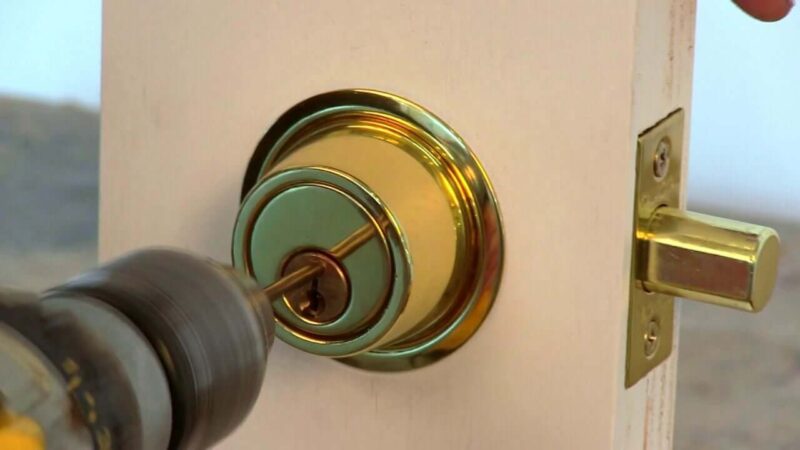Imagine this: youre in a rush to leave the house, but as you grab your keys to head out the door, you realize that the lock is jammed. Panic sets in – how will you secure your home? Before you reach for the phone to call a professional locksmith, take a deep breath.
Fixing a broken lock might not be as daunting as it seems. With a few simple tools and a bit of know-how, you can tackle this problem like a pro (or at least give it your best shot).
In this article, we will guide you through the steps to troubleshoot and repair a broken lock, empowering you to take matters into your own hands and save time and money in the process.
1. Identifying the Issue: Why is Your Lock Broken?

Identifying the issue of why your lock is broken is the first step in fixing it like a pro. There are several possible reasons for a broken lock, including wear and tear, physical damage, or even a faulty installation.
To effectively address the issue, you need to assess the specific symptoms of the broken lock. Is the key not turning properly? Are there visible signs of damage or malfunction? By understanding the root cause of the problem, you can determine the best approach for repairing or replacing the lock.
Don’t jump to conclusions or make assumptions before fully investigating the issue, as a thorough analysis will ensure that you handle the situation like a true professional.
2. Tools You’ll Need to Fix a Broken Lock

When dealing with a broken lock, having the right tools on hand can make all the difference between a successful fix and a frustrating situation. The first essential tool youll need is a screwdriver, preferably one with interchangeable heads to accommodate different types of screws commonly found in locks.
Additionally, a pair of pliers can come in handy for removing any broken key pieces stuck inside the lock. A lubricant such as WD-40 or graphite powder is also crucial for loosening up internal components and preventing future jamming.
Finally, a flashlight can help you see clearly into the lock mechanism and identify any issues that need addressing. By having these tools at your disposal, you’ll be well-equipped to tackle a broken lock with confidence and precision.
3. Step-by-Step Guide for Repairing a Broken Lock

To repair a broken lock, first assess the extent of the damage by thoroughly inspecting the lock for any visible signs of wear or breakage. Next, gather the necessary tools such as a screwdriver, replacement parts (if needed), and lubricant.
Start by removing the screws on the locks faceplate to access the inner workings of the lock mechanism. Carefully disassemble the lock, paying close attention to the arrangement of the internal components to ensure proper reassembly later.
Clean any dirt or debris that may be affecting the function of the lock, and lubricate the moving parts to restore smooth operation. Replace any broken or worn-out parts as needed, and reassemble the lock following the reverse order of disassembly.
Finally, test the repaired lock to ensure it is functioning correctly before securing it back in place. With patience and attention to detail, you can successfully repair a broken lock like a pro.
Conclusion
In conclusion, fixing a broken lock can be a challenging task, but with the right tools and techniques, you can tackle the problem like a pro. Whether youre dealing with a jammed key, a loose cylinder, or a misaligned latch, following the steps outlined in this article can help you troubleshoot and resolve the issue effectively.
Remember to exercise caution and patience throughout the process to avoid causing further damage to your lock. And if all else fails, dont hesitate to seek professional help from a locksmith like https://kluchgrad.ru/, who can assist you in repairing or replacing your lock with expertise and precision. With the right approach, you can restore security and peace of mind to your home or business in no time.


